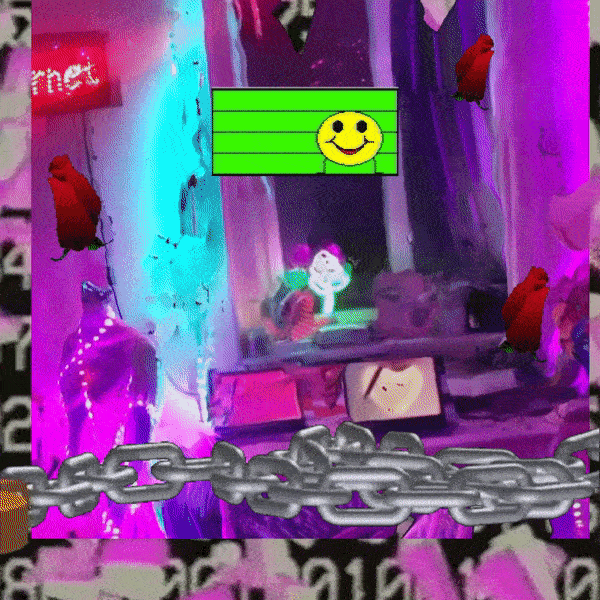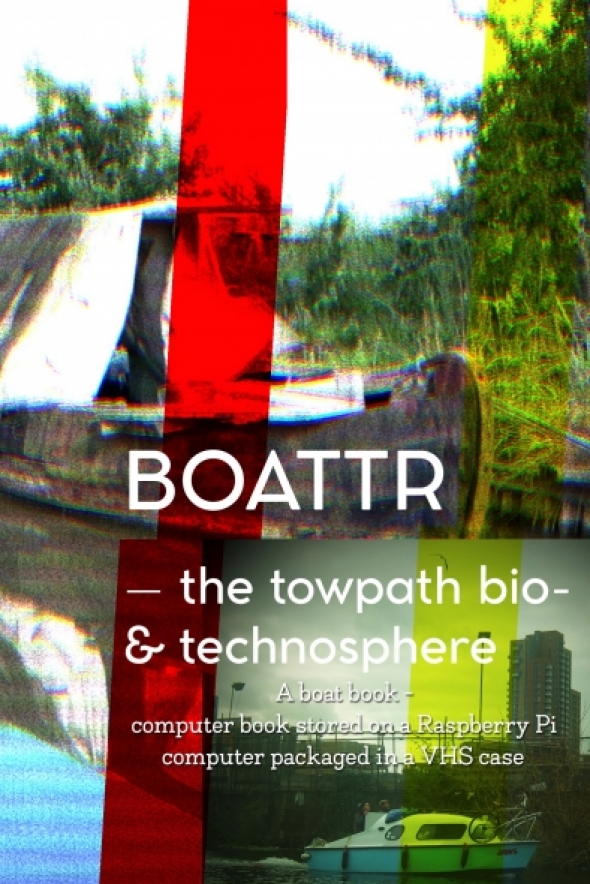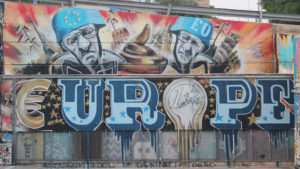
Museums are still closed. School is still cancelled. The world is still shut off and we’re still stuck indoors. The toilet paper is sold out and we change our Zoom backgrounds more often than we change our clothes. And Twitter…we won’t even go there. While everything is still cancelled, why not make our online show MORE?
Silicon Valet is pleased to present the re-opening of Well Now WTF?, an online exhibition curated by Faith Holland, Lorna Mills, and Wade Wallerstein—now with MORE WTF! The exhibition was designed and installed by Kelani Nichole.
Join us for a virtual opening party on May 2nd from 2PM – 4PM EST at http://wellnow.wtf/. We’ll be live streaming on Twitch, and (as always) kicking it in the chatroom.
With everything unrelenting, we continue to ask ourselves: Well Now WTF? We still have no answer, but we’re having a great time making GIFs. We’ve shown that we can come together and use the creative tools at our disposal to build a space for release outside of anxiety-inducing news cycles and banal social media feeds.
Well Now WTF? is as much an art show as a community gathering. Since the initial opening on April 4 and continuing past the virtual re-opening party on May 2nd, we will hold online events on the site itself and via Twitch where people can gather and talk as they would normally for a physical exhibition.
Well Now WTF? is available online at www.wellnow.wtf. The exhibition is free and open to the public, with a $5 suggested, pay-what-you-wish entry that will be redistributed to the artists contributing work.
Donors who contribute $100 or more to Well Now WTF? Will be rewarded with an advanced look at an unpublished GIF by Nicolas Sassoon, Rick Silva, or Wednesday Kim delivered directly to their inbox. These gifs are exclusive and available only to donors. All money will go to the artists in the exhibition. We will be releasing new easter egg GIFS for donors periodically—collect them all!
The exhibition is accompanied by essays by Wade Wallerstein and Seth Barry Watter.
Images & press information from the exhibition (including the original exhibition release) are available here. Please credit artists listed in file names when using.
Participating Artists: A Bill Miller, Ad Minoliti, Adrienne Crossman, Alex McLeod, Alice Bucknell, Alfredo Salazar-Caro, Alma Alloro, Ambar Navarro, Andres Manniste, Anne Spalter, Anneli Goeller, Anthony Antonellis, Antonio Roberts, Ben Sang, Benjamin Gaulon, Bob Bicknell-Knight, Carla Gannis, Casey Kauffmann, Casey Reas, Cassie McQuater, Chiara Passa, Chris Coleman, Chris Collins, Cibelle Cavalli Bastos, Claudia Bitran, Claudia Hart, Clusterduck Collective, Daniel Temkin, Devin Kenny & Morgan Green, Diego Ortega, Don Hanson, Dominic Quagliozzi, Elektra KB, Ellen.Gif, Eltons Kuns, Emilie Gervais, Emily Mulenga, Erica Lapadat-Janzen, Erica Magrey, Erin Gee, Eva Davidova, Eva Papamargariti, Everest Pipkin, Exonemo, Faith Holland, Felt Zine, Francoise Gamma, Graham Akins, Guido Segni, Hannah Neckel, Haydiroket, Hyo Myoung Kim, Ian Bruner, Jan Robert Leegte, Janet.40, Jason Isolini, Jazmin Jones, Jenson Leonard, Jeremy Bailey, Jillian McDonald, Juan Covelli, Kamilia Kard, Katherine Sultan Erminy, Keiken + George Jasper Stone, Kid Xanthrax, LaJuné McMillian, Laleh Mehran, LaTurbo Avedon, Laura Gillmore, Laura Hyunjhee Kim, Lauryn Siegel, Libbi Ponce, Lilly Handley, Lior Zalmanson, Lorna Mills, LoVid, Mara Oscar Cassiani, Mark Dorf, Mark Klink, Maurice Andresen, Maya Ben David, Miguel Martin, Molly Erin McCarthy, Molly Soda, Mohsen Hazrati, Nicolas Sassoon, Nicole Killian, Off Site Project, Olia Svetlanova, Olivia Ross, Ophélie Demurger, Pastiche Lumumba, Peter Burr, Petra Cortright, Pinar Yoldas, Rachel Rossin, Rafia Santana, Rah Eleh, Rick Silva, Rita Jiménez, Rodell Warner, Rosa Menkman, Ryan Kuo, Ryan Trecartin, Santa France, Sara Ludy, Sebastian Schmieg, Shana Moulton, Shawné Michaelain Holloway, Snow Yunxue Fu, Solimán Lopez, Surabhi Suraf, Stacie Ant, Sydney Shavers, Terrell Davis, Theo Triantafyllidis, Tiare Ribeaux, Tobias Williams, Travess Smalley, Tyler Kline, Wednesday Kim, Will Pappenheimer, Yidi Tsao, Yoshi Sodeoka, and Ziyang Wu.
About Silicon Valet
Silicon Valet is a virtual parking lot for expanded internet practice, serving as a hub for the global spread of artists working with the internet and digital materials. Silicon Valet also hosts a digital arts residency and an online exhibition program.







